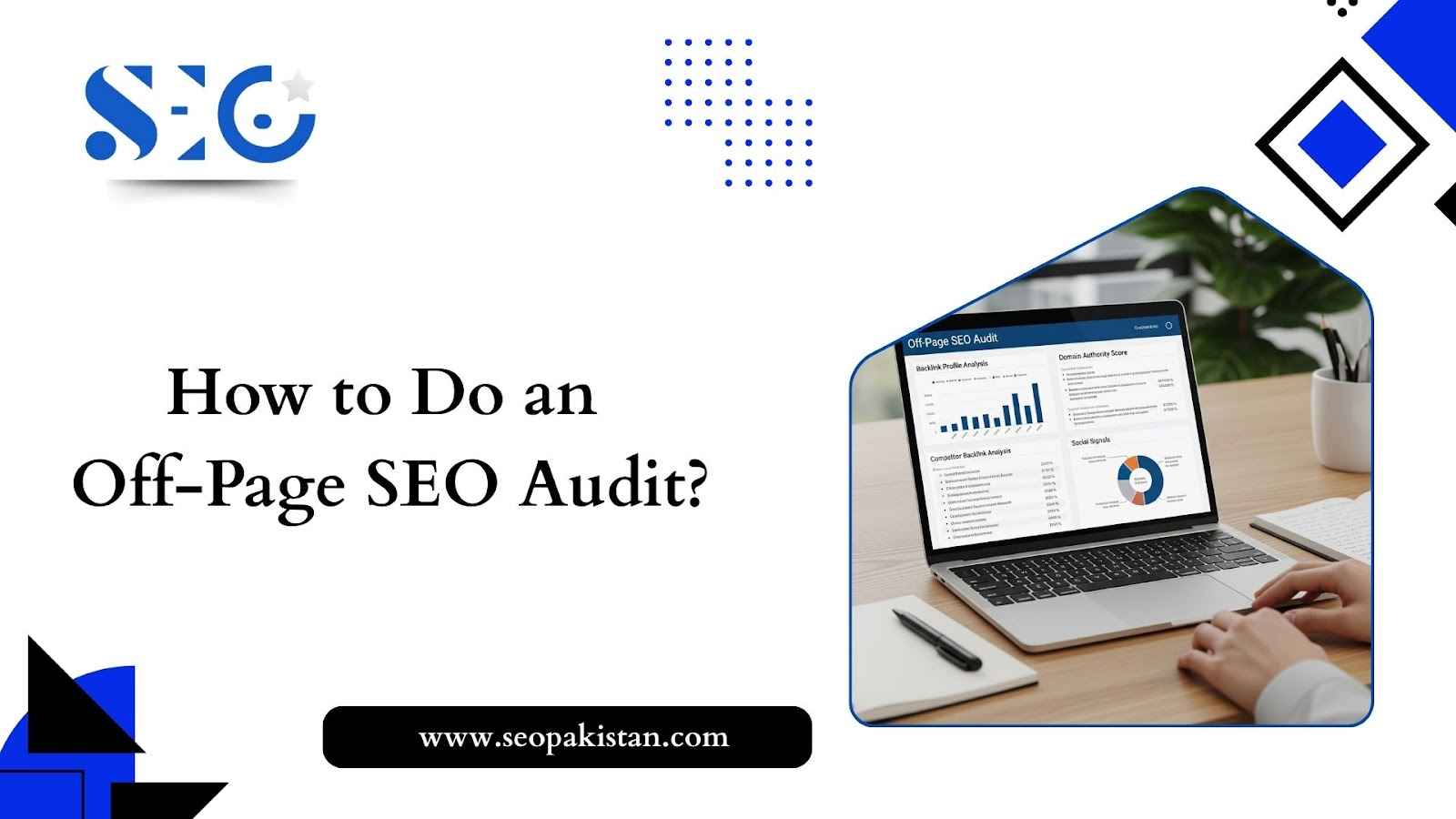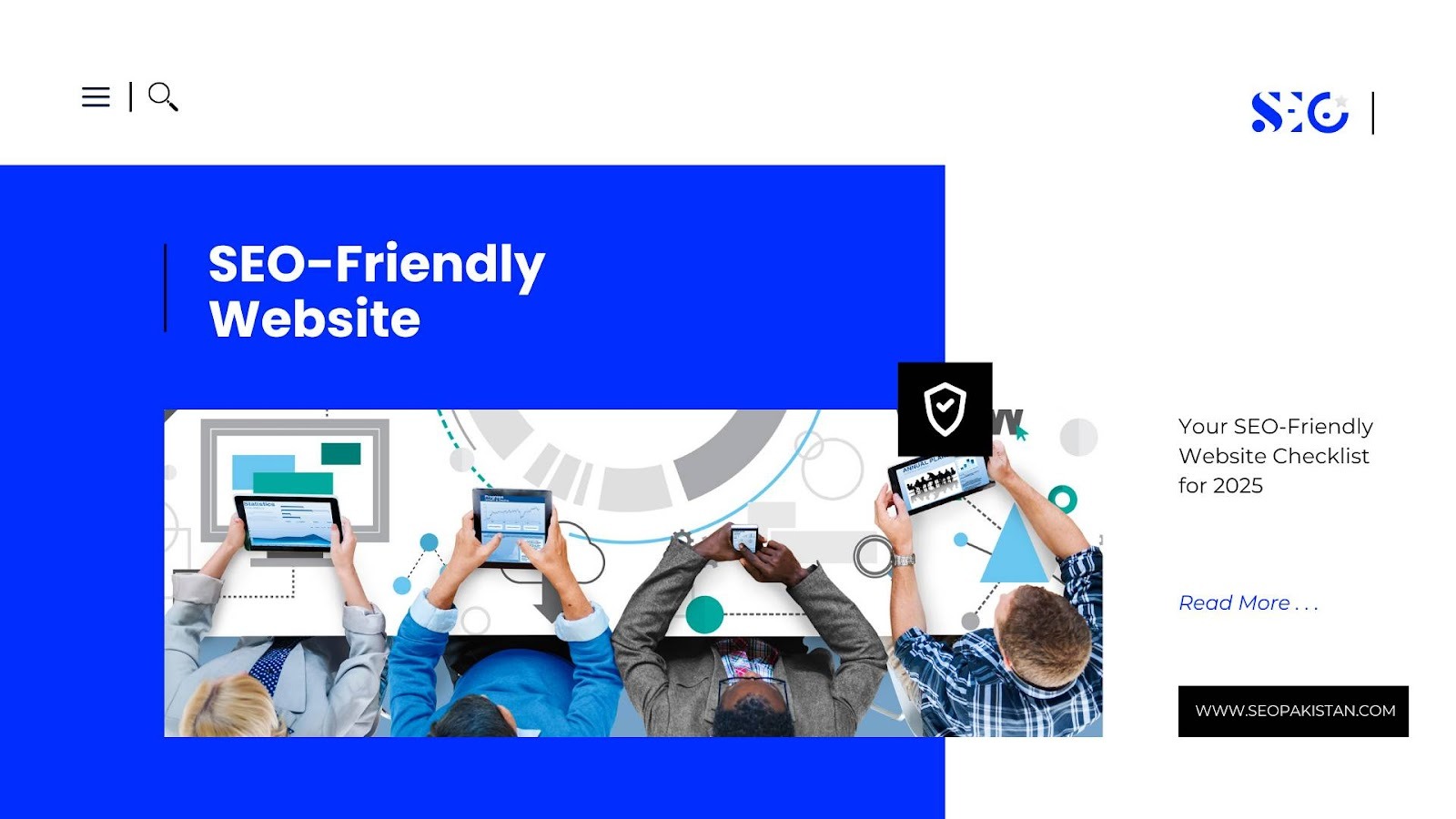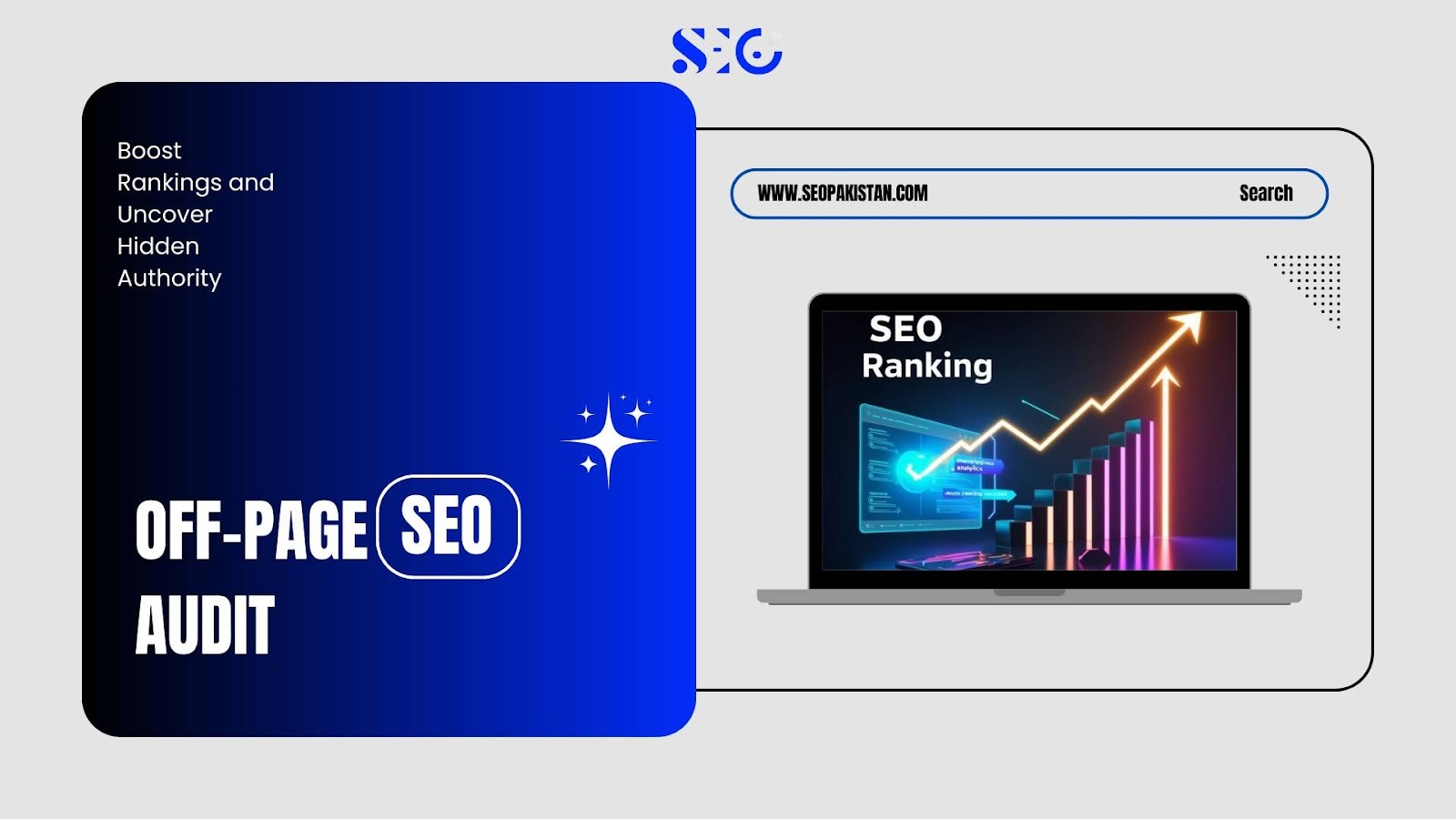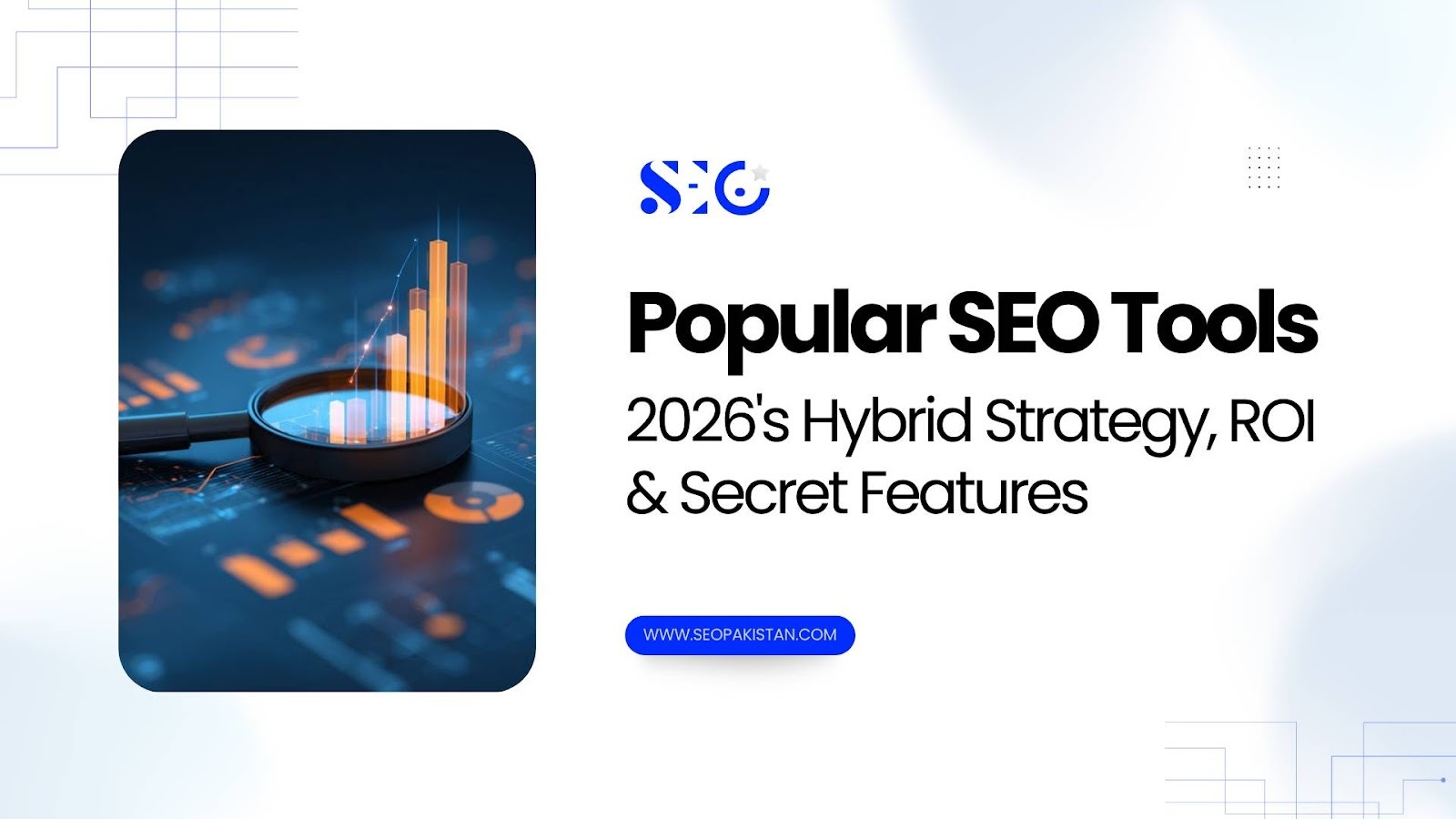Hi, I’m Syed Abdul, and after conducting hundreds of SEO audits for businesses across various industries, I’ve learned that most website owners focus heavily on on-page optimization while neglecting a critical component: their backlink profile. Your off-page SEO health can make or break your search rankings, yet many marketers approach it with a “set it and forget it” mentality.
Unlike on-page audits that examine your website’s content and technical elements, off-page audits focus on the quality, quantity, and health of websites linking back to yours.
The primary goal isn’t just counting how many links you have. It’s about understanding whether those links help or harm your SEO efforts. Google’s algorithms have become increasingly sophisticated at identifying manipulative link-building tactics, making it essential to maintain a clean, natural backlink profile.
This audit serves two critical purposes: protecting your site from potential penalties and uncovering opportunities for strategic growth. A single toxic link campaign can devastate years of SEO progress, while identifying high-quality link gaps can accelerate your rankings significantly.
Part 1: The Step-by-Step Backlink Audit Process
Step 1: Gather Your Backlink Data
Your audit’s accuracy depends entirely on the comprehensiveness of your data collection. Relying on a single source gives you an incomplete picture that can lead to misguided decisions.
Start by extracting data from Google Search Console, which shows you exactly what Google knows about your backlinks. This free tool provides the most authoritative view since it comes directly from Google’s index. Go to the “Links” section under “Search Traffic” to access and download a list of your top linking websites and most linked content.
However, Google Search Console doesn’t capture every backlink. Third-party SEO tools often discover links that Google hasn’t processed yet or chooses not to display. Use a combination of these tools for comprehensive coverage:
- Ahrefs: Offers the largest backlink database and excellent filtering options
- SEMrush: Provides detailed toxic score analysis and competitor insights
- Moz: Features reliable Domain Authority metrics and spam detection
- Majestic: Focuses on link analysis using distinctive metrics like Trust Flow and Citation Flow.
Export your data from multiple sources and combine them into a master spreadsheet. This redundancy ensures you don’t miss critical links that could impact your audit conclusions.
Step 2: Analyze Your Backlink Profile
Focus on these key areas to understand your profile’s true health.
Analyzing Link Quantity
Raw link count means little without context. A website with 10,000 backlinks from 50 websites is far weaker than one with 1,000 backlinks from 500 unique domains.
- Check your referring domains-to-total backlinks ratio:
- Healthy websites have referring domains making up 20-40% of total backlinks.
- Example: If you have 10,000 backlinks from only 100 domains, investigate potential overreliance on a few sources.
- Review your link velocity (rate of acquiring backlinks over time):
- Organic link building demonstrates consistent, gradual progress with occasional surges from campaigns or public relations efforts.
- Sudden, massive increases may signal artificial link schemes, risking penalties.
Assessing Link Quality
Domain Authority (DA) or Domain Rating (DR) provides a quick quality assessment of linking sites. While not perfect metrics, they offer valuable insights when combined with manual evaluation.
- Focus on topical relevance over authority scores:
- A link from a relevant industry blog with DA 30 can provide more SEO value than an unrelated DA 80 site.
- Google prioritizes contextual relevance in its ranking algorithms.
- Examine your follow vs. nofollow link ratio:
- No-follow links don’t pass direct ranking power, but a natural link profile includes both types.
- Too many followed links may signal manipulation.
- Excessive nofollow links could indicate missed opportunities.
Reviewing Anchor Text Diversity
Organic linking typically includes brand names, naked URLs, generic phrases like “click here,” and occasional keyword-rich anchors.
Over-optimization red flags include excessive exact-match keywords, repetitive commercial phrases, or anchor text that doesn’t match your content’s context. If 80% of your links use the same target keyword, Google likely views this as manipulation.
Backlink Audit Data Checklist
| Metric | Source Tool | What It Tells You |
| Referring Domains vs. Backlinks | Ahrefs / SEMrush / Majestic | The number of unique sites linking to you. A high number of domains is better than many links from a few sites. |
| Domain Authority (DA) / Rating (DR) | Moz / Ahrefs | The authority of the linking site. High-DA/DR links are more valuable for your SEO. |
| Link Velocity | Ahrefs / SEMrush | The speed at which you are gaining new links. Unnatural spikes can signal a link scheme. |
| Anchor Text Distribution | Ahrefs / SEMrush | The types of text used in your links. A natural mix of branded, generic, and keyword anchors is best. |
| Spam Score / Toxic Score | Moz / SEMrush | The likelihood that a link is spammy or toxic. A high score is a red flag. |
| Nofollow vs. Follow Ratio | Ahrefs / SEMrush | Whether links pass authority. A natural mix indicates a healthy, authentic profile. |
Step 3: Identify and Address Toxic Links
Harmful links are one of the most significant risks to your SEO performance. These harmful connections can trigger algorithmic penalties or manual actions that devastate your search visibility.
Use your SEO tools’ built-in toxic scoring features as a starting point, but don’t rely solely on automated detection. Many genuinely harmful links slip through algorithmic filters, while some flagged links are actually beneficial.
Signs of a Toxic Link:
- Links from obvious link farms, private blog networks, or paid link schemes
- Connections from foreign language sites unrelated to your business
- Links with suspicious, spammy anchor text like “buy viagra online” or excessive keyword stuffing
- Backlinks from sites with known Google penalties or extremely low-quality content
- Links from irrelevant adult content, gambling, or pharmaceutical websites (unless relevant to your business)
The Action Plan:
- Start with manual outreach to remove toxic links:
- Reach out to webmasters with courteous, professional requests explaining why the link needs to be removed.
- Keep detailed records of all communication attempts for Google’s review process.
- Only use a disavow file when absolutely necessary:
- Utilize Google Search Console to tell Google to ignore specific links impacting your rankings.
- Be cautious, disavowing helpful links can harm your SEO.
- Upload the disavow file only after exhausting manual removal efforts and consulting experienced SEO professionals.
Step 4: Conduct a Competitor Backlink Analysis
Your competitors’ backlink strategies reveal untapped opportunities and successful tactics you can adapt for your own campaigns.
Use backlink analysis tools to identify your top 5-10 competitors and analyze their linking patterns. Focus on competitors with similar business models and target audiences rather than just those with the highest Domain Authority.
What to Look For:
Identify link gaps, high-quality websites that link to multiple competitors but not to your site. These represent prime outreach opportunities since these sites have already demonstrated interest in your industry’s content.
Analyze your competitors’ most linked content types. Do they attract links through comprehensive guides, original research, infographics, or breaking news coverage? Analyzing their effective content formats can guide you in creating your own shareable resources.
Study their link-building tactics by examining the context surrounding their backlinks. Are they earning links through guest posting, resource page inclusion, broken link building, or journalist outreach? This intelligence informs your strategic planning.
Step 5: Create a Forward-Looking Action Plan
Transform your audit findings into a concrete roadmap for the next 6-12 months. Prioritize actions based on potential impact and available resources.
Toxic Link Cleanup:
Address the most harmful links first, those from obvious spam sites or with commercial anchor text. Create a timeline for outreach attempts and disavow file submission if necessary.
Link Acquisition:
Plan quarterly campaigns around research studies, industry reports, or comprehensive guides that provide unique value to your target audience.
Monitoring:
Establish monthly backlink monitoring to catch new toxic links quickly and track your acquisition progress. Set up Google Alerts for your brand mentions and use tools like Ahrefs’ Link Intersect to discover new opportunities.
Conclusion
An effective off-page SEO audit serves as both a diagnostic tool and a strategic foundation for sustainable growth. The process I’ve outlined—from comprehensive data gathering through competitor analysis—provides the insights needed to protect and enhance your search visibility.
Remember that backlink auditing isn’t a one-time project but an ongoing discipline. Search engines continuously update their algorithms, competitors launch new campaigns, and new toxic linking schemes emerge regularly. Schedule quarterly audits to maintain your competitive edge and safeguard your hard-earned rankings.
The investment in thorough off-page SEO auditing pays dividends through improved search visibility, reduced penalty risk, and strategic link-building opportunities that compound over time.
Your backlink profile represents years of digital relationship building, protect and nurture it with the systematic approach outlined above. Get professional assistance with your SEO strategy by visiting our website SEOPakistan.com today!
Frequently Asked Questions
What is an off-page SEO audit?
It is an analysis of your website’s backlink profile to evaluate its quality, health, and potential for growth.
How often should I audit my off-page SEO?
You should perform a full audit annually, but regularly monitor your backlink profile at least once a quarter.
What is a toxic backlink?
A toxic backlink is a low-quality or spammy link that can harm your website’s search rankings and may lead to a penalty.
When should I use the Google Disavow Tool?
Use it only as a final option to ask Google to disregard harmful links that you’re unable to remove on your own.
What is the difference between a backlink and a referring domain?
A backlink is an individual link, whereas a referring domain refers to a distinct website that provides one or more backlinks to your site.
Can I audit my backlinks without paid tools?
No, a comprehensive backlink audit requires a paid tool like Ahrefs or SEMrush to find and analyze your full backlink profile.













